Managing employee data manually can become complex as organizations grow bigger. Implementing Human Resource Management Systems (HRMS) helps organizations automate and optimize to streamline HR functions. Integrating HRMS tools with additional business tools can be beneficial in further enhancing workforce data management at a large scale. This article will delve deep into that integration process and investigate its benefits, best practices, and potential roadblocks.
Table of Contents
What is an HRMS system?
At the forefront of an effective HR management strategy lies an HRMS software system, a software solution that streamlines and automates HR processes. Generally aimed at managing employee data like payroll, benefits, and performance evaluations, this system plays a crucial role in ensuring that businesses operate efficiently. Examples of renowned HRMS systems include Nitso HR Software, Workday, SAP SuccessFactors, and Oracle HCM Cloud.
Benefits of integrating HRMS with other business systems
Integrating HRMS with other business systems can lead to numerous benefits for organizations, such as:
1. Improved data accuracy and consistency
Integrating HRMS with other business systems ensures data consistency and accuracy across different departments. For instance, when HR data is integrated with finance and payroll systems, the information is more reliable, and there is less room for errors.
2. Reduced manual data entry and administrative tasks
Integration eliminates the need for manual data entry and administrative tasks, reducing the risk of errors and freeing up time for more strategic HR tasks.
3. Increased efficiency and productivity
Integrating HRMS with other business systems allows organizations to automate tasks, such as generating reports, sending notifications, and managing employee benefits. This increases efficiency and productivity, enabling HR staff to focus on more strategic tasks.
4. Better decision-making based on comprehensive data insights.
Organizations can significantly benefit from integrating HRMS with other business systems. Doing so gives them access to comprehensive data insights necessary for making sound strategic decisions. For example, aligning performance management data with HRMS allows businesses to assess employee performance more efficiently and effectively while identifying skills gaps and training requirements essential to promoting growth within the organization.
Common business systems to integrate with HRMS
The effective utilization of HRMS integration depends on integrating it with appropriate enterprise systems. Several enterprise systems exist for connecting with an HRMS, including but not limited to:
1. Finance and payroll systems
Integrating HRMS with finance and payroll systems ensures that employee compensation and benefits are accurately tracked and managed. This integration can also reduce the workload for HR staff by automating tasks such as payroll processing and tax compliance.
2. Performance management systems
Integrating HRMS with performance management systems allows organizations to track and manage employee performance, set goals, and provide feedback. This integration can also help identify training and development needs and support succession planning.
3. Time and attendance systems
Integrating HRMS with time and attendance systems helps organizations track employee attendance, time off, and leave requests. This integration can also help reduce absenteeism and tardiness.
4. Learning management systems
Integrating HRMS with learning management systems helps organizations manage employee training and development. This integration can also help identify skill gaps and training needs and support career development.
Best practices for integrating HRMS with other business systems
To ensure successful HRMS integration with other business systems, organizations should follow these best practices:
1. Develop a clear integration strategy and plan.
In preparation for initiating the integration process, it is essential for organizations to diligently develop a well-defined strategy and plan. It must feature comprehensive information regarding the timeline, and budget, as well as an in-depth overview of the eventual process of integration.
2. Ensure compatibility and data consistency between systems.
Compatibility and data consistency are essential for avoiding integration issues when integrating systems. It is imperative to ensure compatibility between the systems being integrated with consistent data formats. Organizations must take necessary precautions to ensure that both elements are thoroughly assessed to avoid complications.
3. Involve IT and other stakeholders.
Integrating HRMS with other business systems involves technical expertise and coordination among different departments. Therefore, involving IT and other stakeholders, such as finance and operations, can ensure that the integration is aligned with the organization’s overall strategy.
4. Test and validate the integration
Before going live, it is critical to perform comprehensive testing and validation of the integration to ascertain that it functions as planned. Adequate testing and validation assist organizations in detecting and resolving any problems before launching.
5. Provide adequate training and support.
Integrating HRMS with other business systems requires staff to learn new processes and workflows. Therefore, providing adequate training and support can ensure a smooth transition and adoption of the new system.
Challenges of integrating HRMS with other business systems
Merging an HR management system (HRMS) with various corporate platforms brings various benefits. Yet, there are drawbacks that one should consider before choosing to do so. Understanding potential roadblocks is vital to ensure the success of such an undertaking. Several usual obstacles that could affect the smooth integration between an HRMS and other enterprise systems are:
1. Technical compatibility issues
Integrating different systems can be challenging due to technical compatibility issues. Organizations should ensure that the systems they are integrating are compatible and have consistent data formats.
2. Data security and privacy concerns
Integrating different systems can also raise data security and privacy concerns. Organizations should ensure that data is secure and compliant with data privacy regulations, such as GDPR and CCPA.
3. Resistance to change
Integrating HRMS with other business systems requires staff to learn new processes and workflows. This can lead to resistance to change, especially if staff members are used to working with legacy systems.
4. Integration costs
Integrating different systems can be costly, and organizations should consider the costs of integration when developing an integration strategy and plan.
Conclusion
To unlock the full potential of HRMS integration with other business systems, organizations must adopt proactive measures to ensure efficiency and productivity enhancements. This can be achieved by following industry best practices such as developing a clear strategy for integration, ensuring system compatibility and data accuracy, engaging IT and other stakeholders in the process, performing rigorous testing, and providing appropriate training support. Overcoming challenges related to technical issues, security concerns and push-back from employees can ultimately lead to improved HR processes.
FAQs (Frequently Asked Questions)
Can integrating HRMS with other business systems improve employee engagement?
To improve employee engagement, organizations must gain holistic insights into their workers’ data. By integrating this information into their HR processes, businesses can cater to the unique needs and preferences of each employee, effectively promoting positive and productive work environments.
What are some common challenges of integrating HRMS with other business systems?
Some common challenges include technical compatibility issues, data security and privacy concerns, resistance to change, and integration costs.
How can organizations ensure data consistency between different systems?
Organizations can ensure data consistency by establishing clear data formats and definitions and ensuring that all systems use the same data standards.
What are some benefits of integrating HRMS with finance and operations systems?
Integrating HRMS with finance and operations systems can provide a comprehensive view of employee data and enable organizations to better understand their workforce’s impact on the bottom line.
How can HRMS integration improve decision-making?
By providing a comprehensive view of employee data, organizations can make data-driven decisions about HR processes and policies, leading to improved efficiency and productivity.
How can organizations overcome resistance to change when integrating HRMS with other business systems?
Organizations can overcome resistance to change by involving employees in the integration process, providing adequate training and support, and highlighting the benefits of the new system.
Can integrating HRMS with other business systems lead to cost savings?
Yes, by streamlining HR processes and reducing manual data entry, organizations can save time and money.
What are some best practices for testing and validating HRMS integration?
Best practices include conducting thorough testing, involving IT and other stakeholders, and identifying and addressing any issues before going live.
How can organizations measure the success of HRMS integration?
Organizations can measure the success of HRMS integration by tracking key metrics such as employee engagement, productivity, and efficiency and comparing them to pre-integration levels.

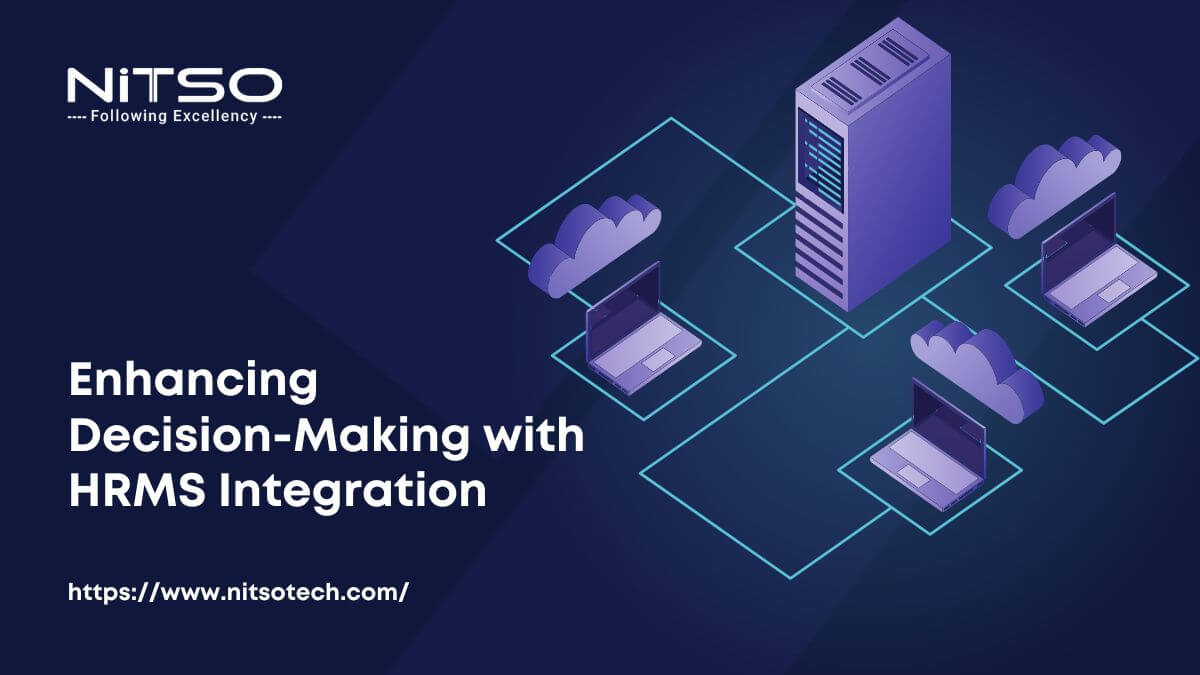
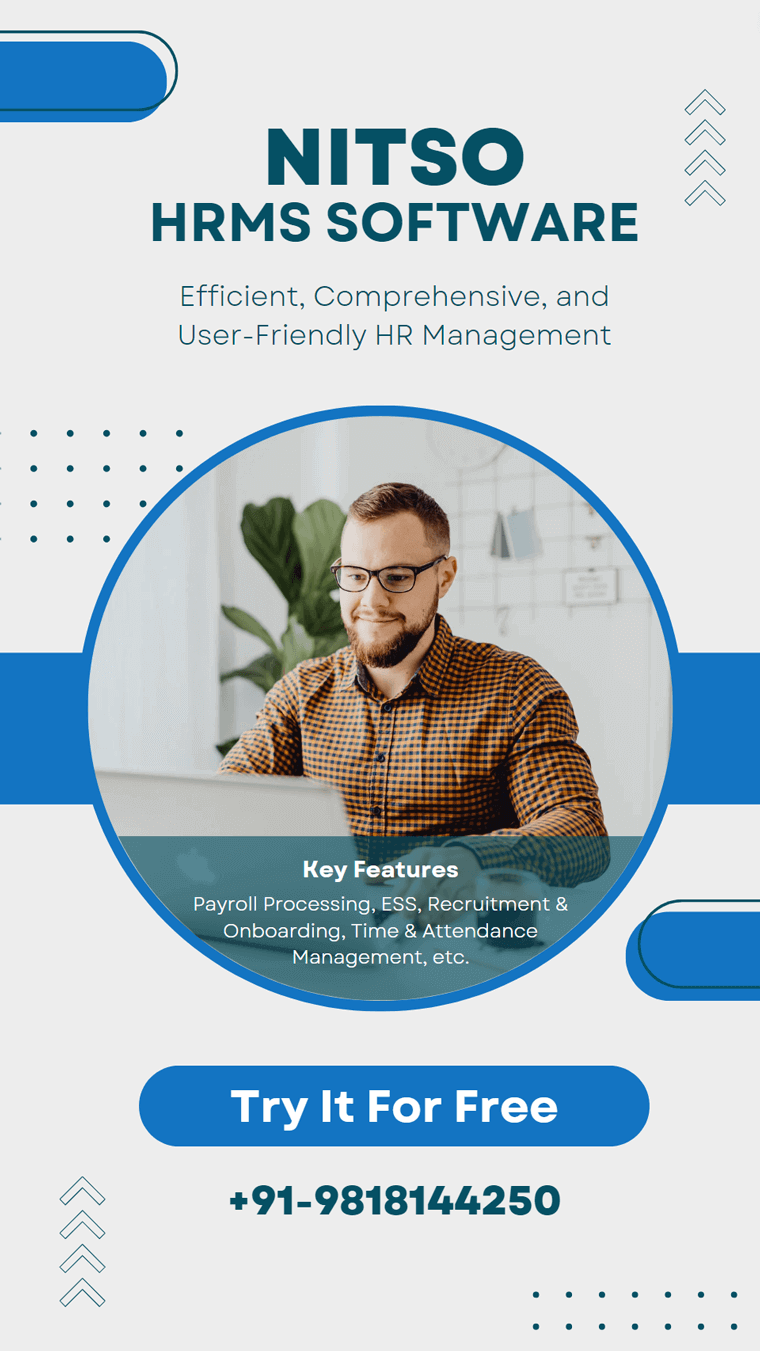
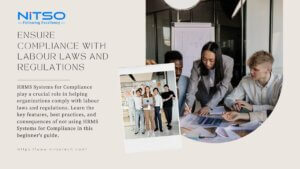
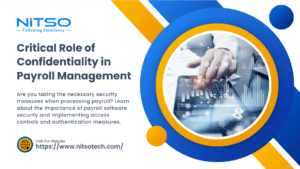
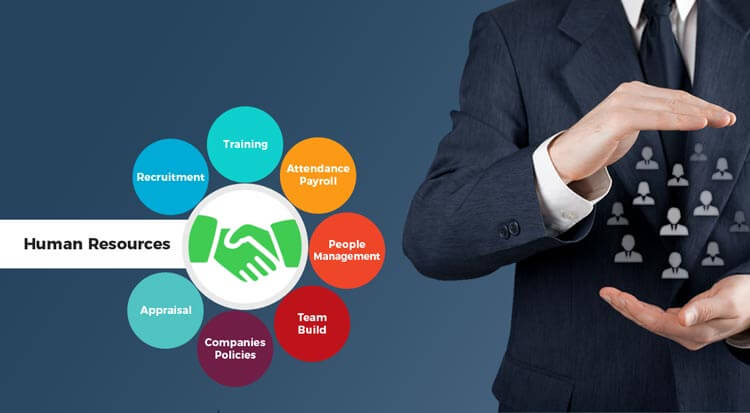
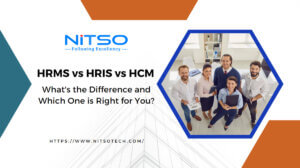

0 Comments